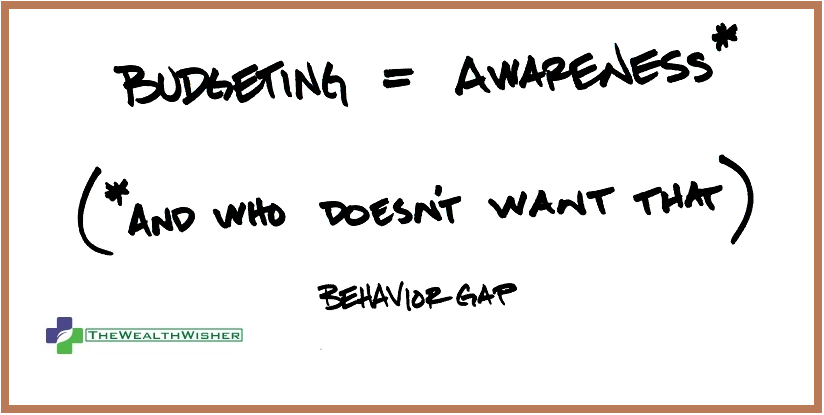Any Financial Planner, before starting his calculation is eager to know how much you earn and SPEND. All of us know what we earn … but spending… not so easy for most of us. The reason is we don’t make or take interest in Budgeting. We lack Budgeting Techniques.
Budgeting is the pain point in financial planning. But look at the irony.. the calculation in a financial plan start from your household budget.

Free Download – Ebook on Goal Planning
We are interested in growing our money. The quickest way to double your money is to fold it in half and put it back in your pocket. Of course, that is just a joke.
But wouldn’t it be great if it were true? You fold your Rs 2,000 note and put it in your pocket, and voila, it turns into two Rs 2,000 notes. Each one of us would be rich beyond our wildest dreams.
But alas, we live in the real world, where a Rs 2,000 note gets spent faster than we can imagine. Hence, in such a world, every rupee saved is literally a rupee earned. And while there might be no shortcut to immense wealth, the fact is that almost anyone can become rich by properly and sensibly planning his finances.
Yes, I am not exaggerating. Almost anyone can really become rich through financial planning. No matter what income you earn, at what stage in life you are.
One of the biggest benefits of financial planning is that it helps you to focus on your future.
Through financial planning you can:
- Protect your savings and income
- Structure and allocate your money
- Invest regularly and earn something extra
- Set and achieve goals
- Be ready for contingencies
It starts with simple Budgeting Techniques
Channeling your inflows.
We tend to associate it with cost-cutting, but budgeting is actually nothing related to that. In simple words, budgeting is the act of determining how much money is coming in and how much is going where.
To gain control over your finances, you need to know how much you are earning and where you are spending. This knowledge can be very helpful in saving money you might come to know about a high expense area and realize that a good amount of your income is being wasted there.
Budgeting will help you identify such expenses and help you control them.

Here’s how you can create a budget. The process might seem tedious, but pulling through will make the other financial planning tasks much easier.
(1) Gather: Get hold of as much of your financial information that you can. Bills, statements, account information, slips, invoices, etc. Ask your spouse for any information that he or she would have.
(2) Record: Make a note of all of your incomes. Your salary, your spouse’s salary, investment earnings, dividends etc. Any money coming in should be considered as income, even lottery winnings, and bonuses.
(3) List: Make a list of your monthly expenses. This should include everything from big expenses like a car loan to small expenses like chocolate. Make sure your list includes recurring as well as one time expenses.
(4) Categorize: Break the list into fixed and variable expenses. A loan would be a fixed expense while restaurant bills would come under variable expenses. The variable expenses are where you will be able to make adjustments.
(5) Adjust: Now that you have a fair idea of where your money is going, it’s time to adjust expenses. For example, you might find that you are spending a bit too much on eating out and cutting that expense could make meeting your medical bills much easier. Assign budgets to your expenses and plan to stick to them.

You may also check other methods like Excel Sheet & Budget Planner here. Formats available for free download,
Remember that budgeting isn’t a one-time thing, it needs to be reviewed on a monthly basis. At the end of the first month, look at the budgets that you met. The realization that budgeting has helped you actually save money is all the motivation you will need to keep going.
So if you are still thinking how… better start doing it…
Hope you liked this article on Budgeting Techniques.








